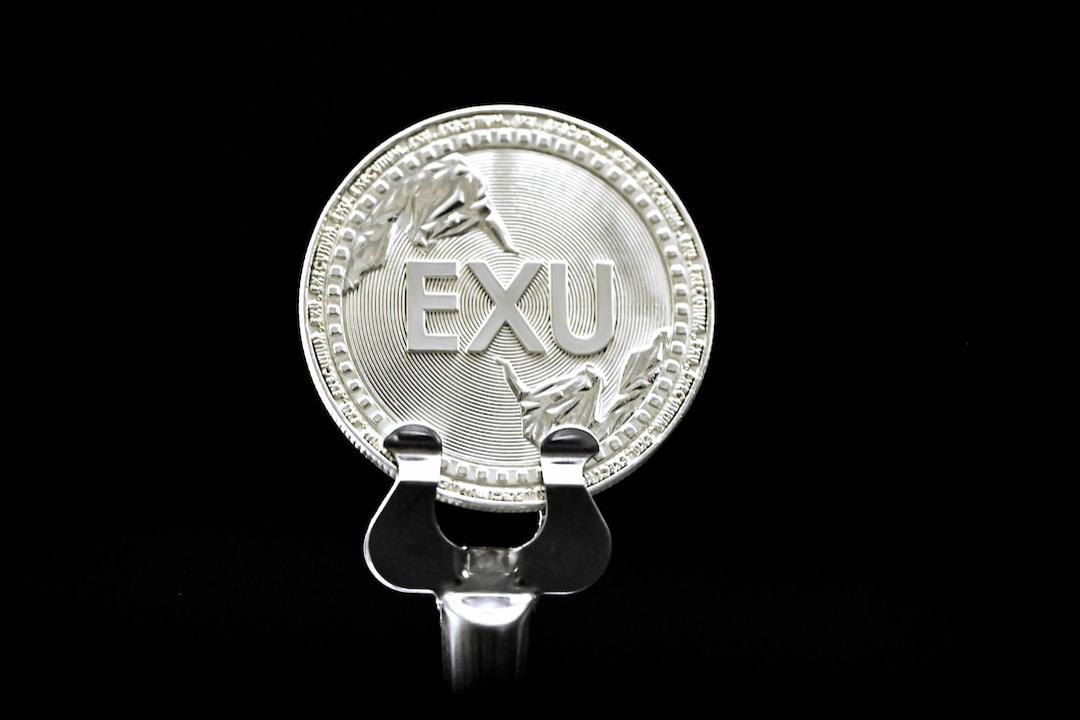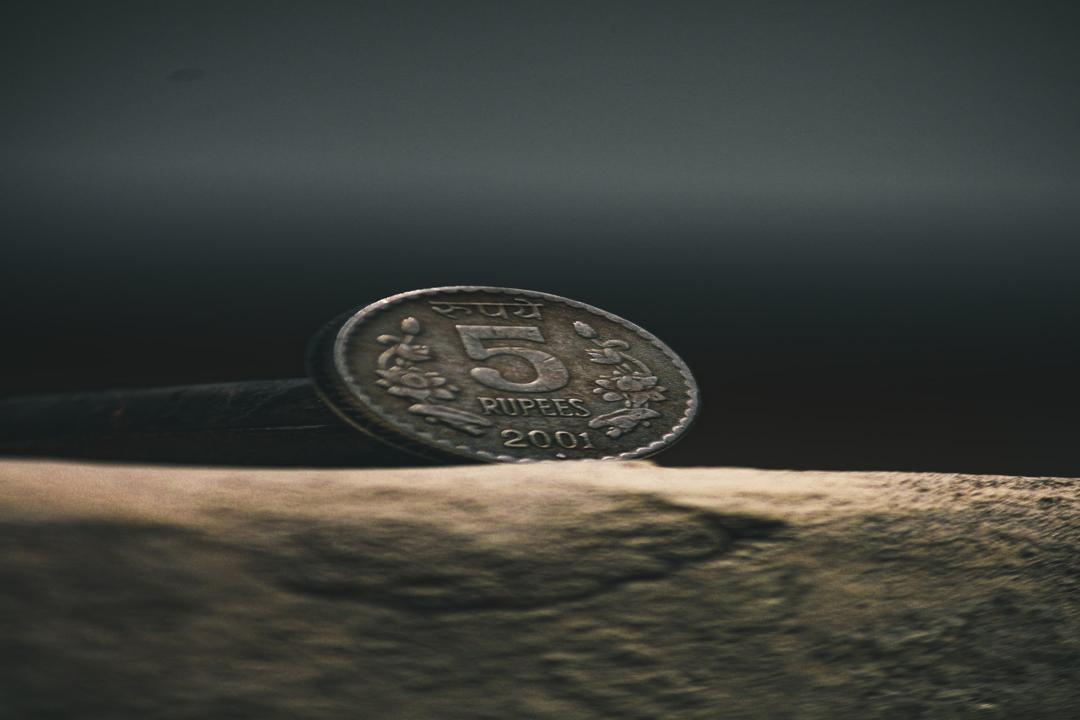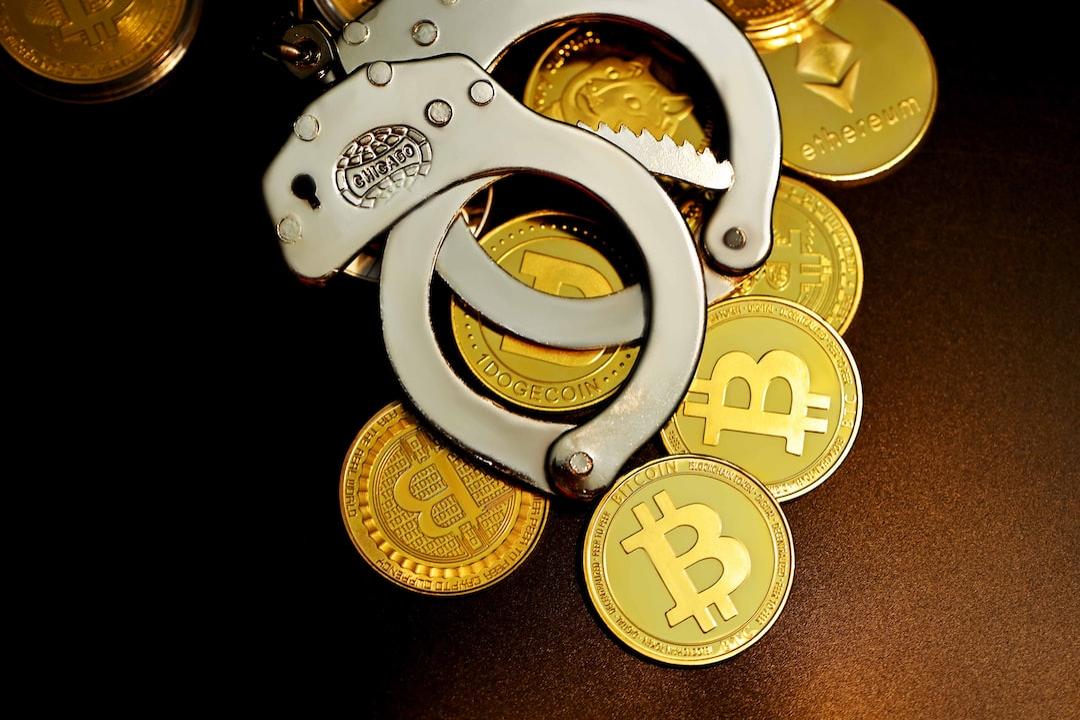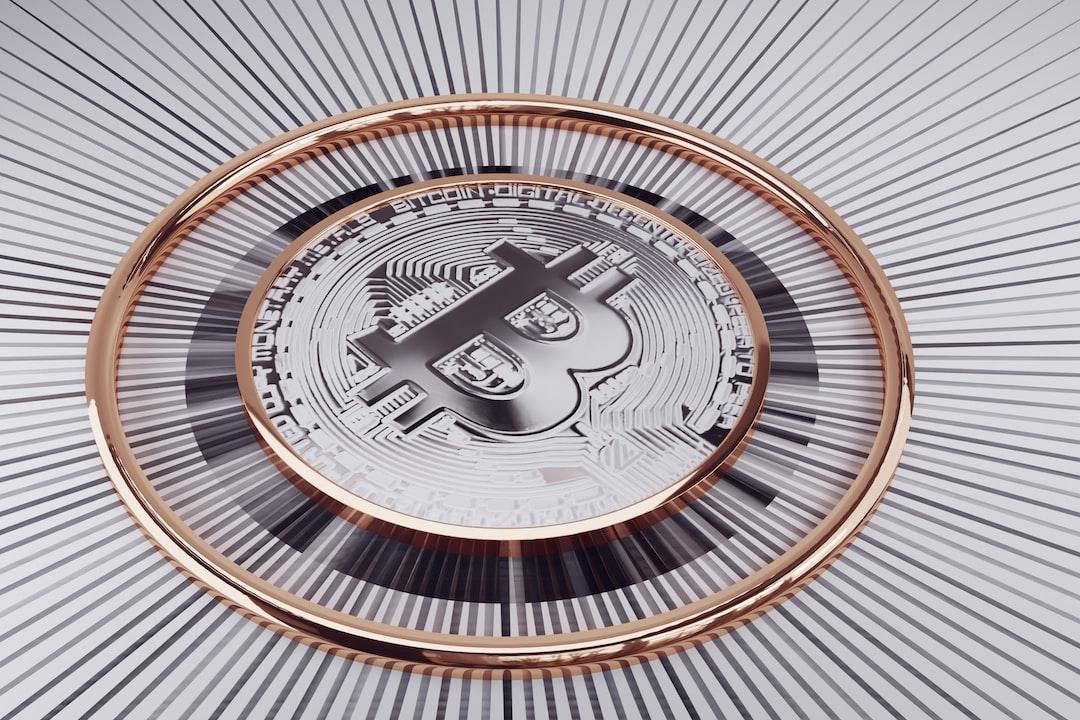Views expressed in this article represent diverse opinions and do not reflect the stance of WEB3+
Trump Advocates for Bitcoin as a Strategic Reserve
On July 25, 2024, U.S. Republican presidential candidate Donald Trump stated at a Bitcoin conference that if he wins the 2024 presidential election, he will include Bitcoin in the nation’s strategic reserves. This seemingly exaggerated statement may hide deeper considerations.
Since the inception of Bitcoin in 2008, there has been ongoing debate regarding its role. Creator Satoshi Nakamoto and his followers envision it as a peer-to-peer payment tool, while some investors question its legitimacy, labeling it a scam. Others hope it will evolve into an alternative asset akin to gold.
Regardless of the differing views, Bitcoin’s market capitalization has grown to approximately $1.34 trillion over 16 years, with over 90% of its total supply of 21 million coins already mined. It is widely recognized and held by the public. If Bitcoin were to be officially recognized as a strategic reserve by the U.S., central banks worldwide would likely follow suit, representing a favorable development for cryptocurrency proponents.
Is Bitcoin Becoming a Political Tool?
As a former U.S. president now vying for office again, Trump has reversed his previous stance against Bitcoin, proclaiming: “The U.S. government has violated every important principle in the hearts of Bitcoin fans, which is to never sell Bitcoin,” and “My policy is to retain 100% of the Bitcoin held or acquired by the U.S. government.”
Republican Senator Cynthia Lummis subsequently drafted the “2024 Bitcoin Strategic Reserve Act,” proposing to purchase up to 200,000 Bitcoins annually, ultimately amassing one million, suggesting a possible gradual increase in holdings if elected.
Currently, the U.S. government holds nearly 210,000 Bitcoins, most of which are assets seized during law enforcement actions, primarily held by the Department of Justice (DOJ) and the Department of Homeland Security, among others. These illicit assets, valued at approximately $14 billion, should be auctioned off. Following Trump’s remarks, how these special assets are defined and utilized certainly becomes a hot topic for debate in the election.
Cryptocurrency mogul and BitMEX founder Arthur Hayes believes this policy is unlikely: “Before buying Bitcoin, the U.S. government would first buy gold.”
Trump has consistently utilized provocative, high-discussion electoral promises as a political strategy. Will this be just another fleeting declaration, akin to his earlier call for building a wall on the Mexican border? As the election approaches in October, not only Republicans but also Democratic Congressman Ro Khanna has weighed in on this issue, proposing to include Bitcoin in the Federal Reserve’s reserve assets, using “Reset” as a slogan to encourage the Democratic Party to shed its negative perception of digital assets.
According to Coinweb, approximately 46 million Americans currently hold cryptocurrencies, including a dedicated group of supporters. In light of the controversial cryptocurrency debate, whether these supporters can benefit from such developments remains to be seen, as both parties continue to seek to attract voters.
Since Trump has reintroduced this controversial emerging asset, it is worth exploring the potential and practical significance of strategic reserves.
The Significance of Bitcoin as a Strategic Reserve
Nations typically maintain various strategic reserves primarily to respond to sudden economic, energy, or other national security crises. As of 2024, the U.S. possesses 346 million barrels of Strategic Petroleum Reserve (SPR) to ensure energy security in the event of oil supply disruptions, food reserves to address supply chain disruptions or food shortages, and reserves of metals and rare earth resources to meet emergency production needs in military and technology sectors.
Among these, the U.S. has the largest gold strategic reserve at 8,133 tons, aimed at enhancing monetary stability and financial trust. Holding gold is a consensus among central banks worldwide. If Trump proposes Bitcoin as a strategic reserve, given Bitcoin’s current trajectory towards being seen as “digital gold,” its role would likely evolve similarly to that of gold reserves. However, the core differences between the two are:
Stability: Currently, gold has a high value stability, while Bitcoin exhibits significant volatility.
Regulation and Global Acceptance: Bitcoin operates on a permissionless blockchain network, and global acceptance and regulatory consensus have yet to be unified.
Custody and Security: Gold is a physical asset stored through physical means and is relatively secure by modern standards, while Bitcoin exists on a digital blockchain network, allowing for quick access and easy transfer, but still carries risks of theft.
For Bitcoin to strengthen the credibility of the dollar like gold does, it cannot simply be achieved through policy rhetoric. It involves the interplay of various interest groups (such as the existing financial system versus the cryptocurrency industry) and the negative costs of recognizing digital asset transfers for government agencies.
Can a New Consensus Be Established in the Name of Bitcoin?
Moreover, for Bitcoin to serve as a strategic reserve, it must not only be viewed as an independent asset but also consider the cryptocurrency ecosystem it represents and whether it can effectively resonate with the current U.S. dollar hegemony system.
The U.S. has been able to maintain the international status of the dollar despite continuously accruing debt and printing money, largely due to global trust in its ability to repay debts without defaulting. Based on this foundation, the current cryptocurrency market is gradually aligning itself with this trust in its own manner.
Some clues can be gleaned from Tether, the first stablecoin issuer in the cryptocurrency market. Since its establishment in 2014, Tether has issued the first U.S. dollar-pegged stablecoin, Tether (USDT), initially promoting that each Tether coin is backed by one U.S. dollar, with its price pegged at $1, providing a basis for trading in the early illiquid Bitcoin market.
Stablecoins have served as important conduits for Bitcoin and other cryptocurrencies to enter the global market.
As the market continues to grow, Tether’s reserves are increasingly no longer solely a 1:1 backing to the dollar. The latest reserve report from Tether reveals that its approximately $120 billion market cap holds about $92 billion in U.S. Treasury bonds. Meanwhile, Circle, the second-largest stablecoin issuer with a market cap of around $34 billion, holds about $28 billion in U.S. Treasury bonds in its latest report. These virtual asset service providers have surpassed many national governments to become leading buyers of U.S. Treasury bonds.
This approach is completely different from the early cryptocurrency market, which relied on a 1:1 dollar reserve for stablecoins. The cryptocurrency market has gradually bound the entire ecosystem to “American credit,” deepening the connection between the two systems.
Through stablecoins as a bridge, if a consensus is reached, Bitcoin may have the opportunity to become a national strategic reserve.

Tether holds more U.S. Treasury bonds than the German government, which has been around for over 23 years.
Despite the controversies, the comparison of gold to Bitcoin indeed symbolizes a transition from physical to digital across eras, and the structural changes behind it are also tied to the evolution of global consensus.
Perhaps gold is suitable as a long-term strategic reserve, possessing stability and security at this stage, while Bitcoin has the potential to become a strategic reserve, serving as a supplementary asset, with hopes for greater influence following its maturation.

U.S. Strategic Physical Reserves and Digital Currency Reserves
To learn more, the 9th Annual Blockchain Enthusiasts Conference will focus on “Recognition of Digital Asset Reserves by Governments or Institutions,” inviting experts from both sides to debate this issue and delve into the development trends of digital assets!
deBate: Web3 Digital Economy Development Route Argument

⚡️Three carefully selected debate topics:
Trust Framework: System Architecture Evolution and Token Economy
Digital Assets: Should governments and corporations buy Bitcoin as a reserve asset?
Market Expansion: User Experience and Future Market Development
Agenda and Registration Information:
9th Annual Blockchain Enthusiasts Conference “Cross x Diversity”
? Conference Official Website: https://www.chain.tw/9tbs
? Conference Dates: 11/18 (Mon) 13:00 ~ 17:30 | 11/19 (Tue) 09:00 ~ 17:30
? Conference Venue: National Chengchi University Public Enterprise Center, 2nd Floor | 6th Floor | 7th Floor (No. 187, Jinhua St., Daan District, Taipei City)
? Registration URL:
https://www.accupass.com/go/9tbs
Views expressed in this article represent diverse opinions and do not reflect the stance of WEB3+
Editor: Li Pengrui

